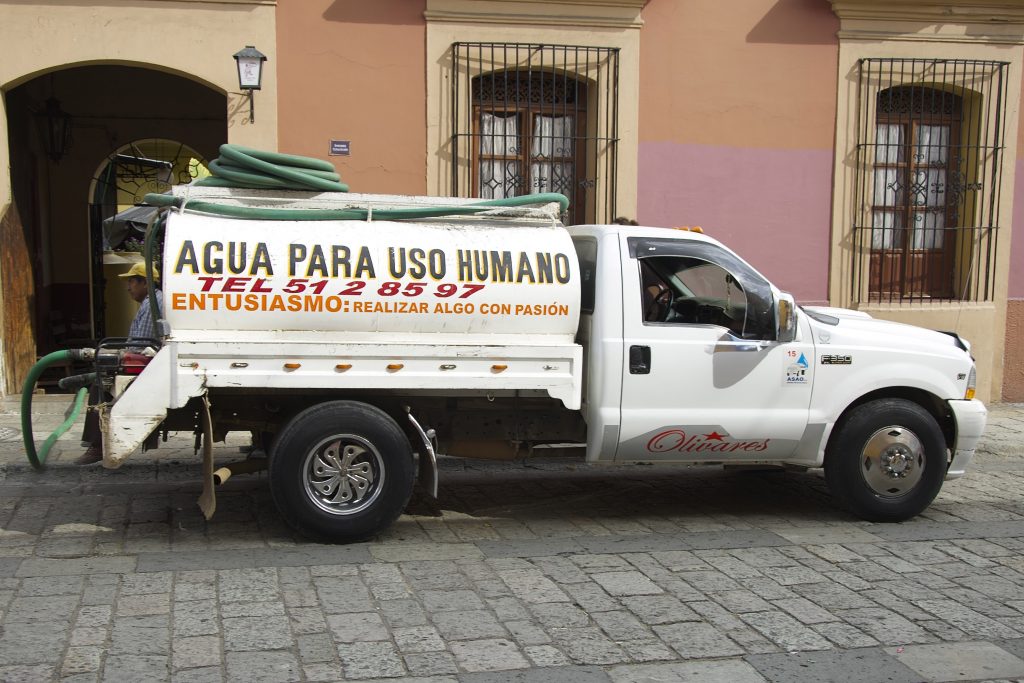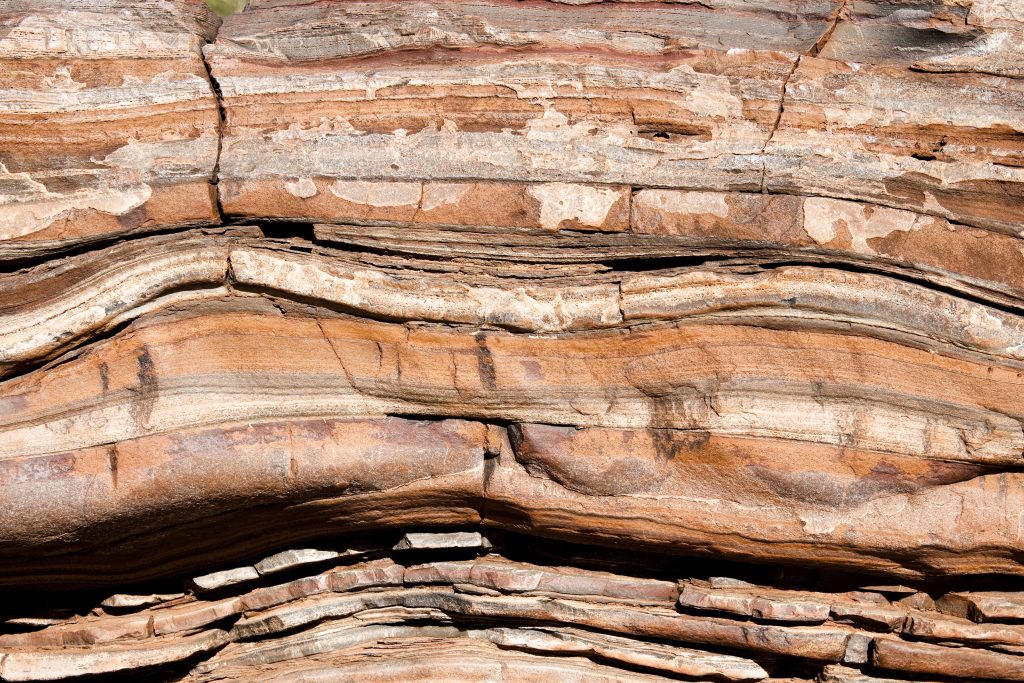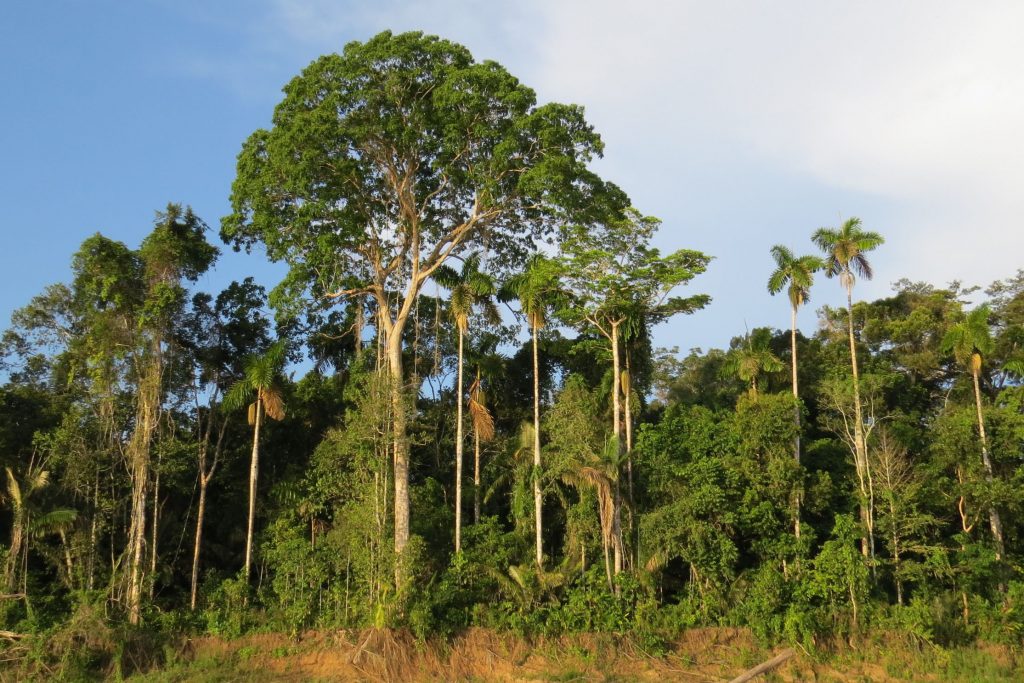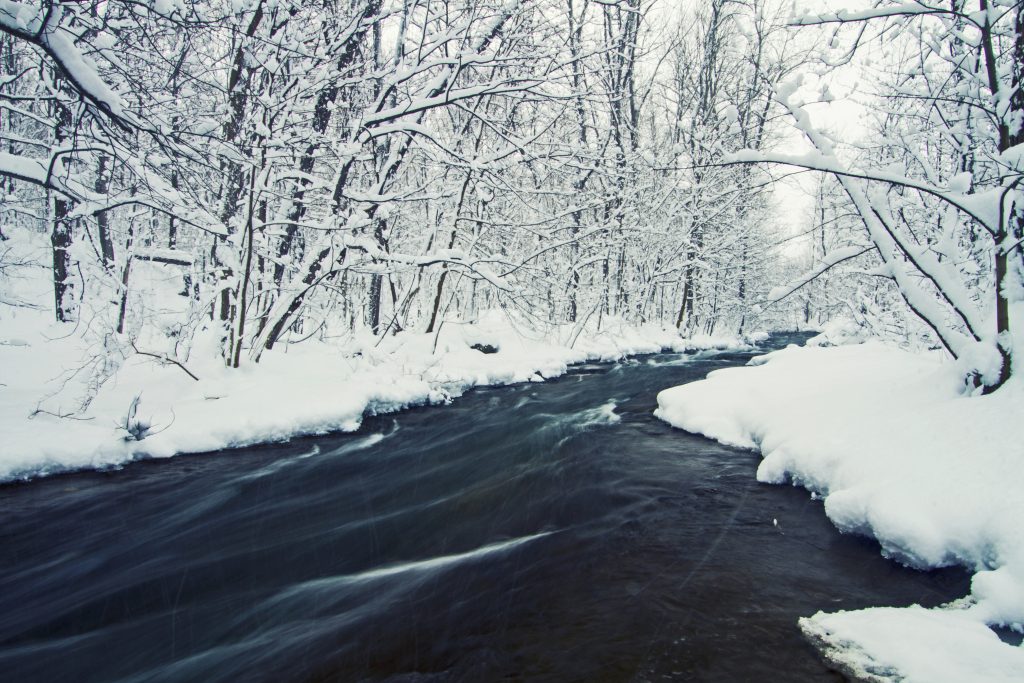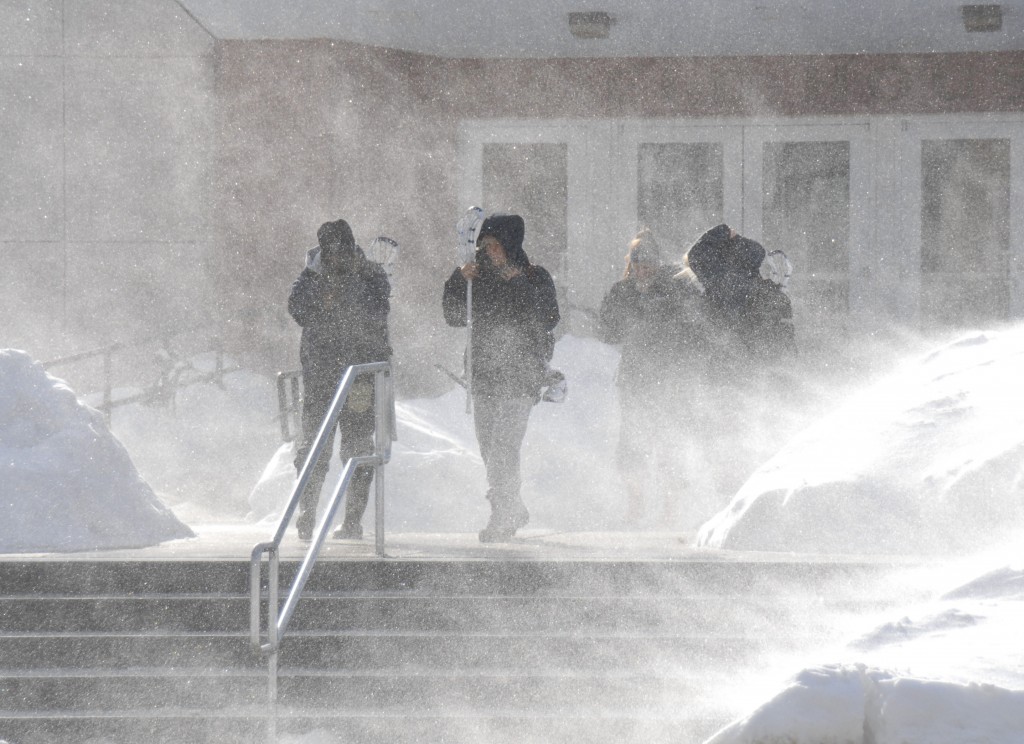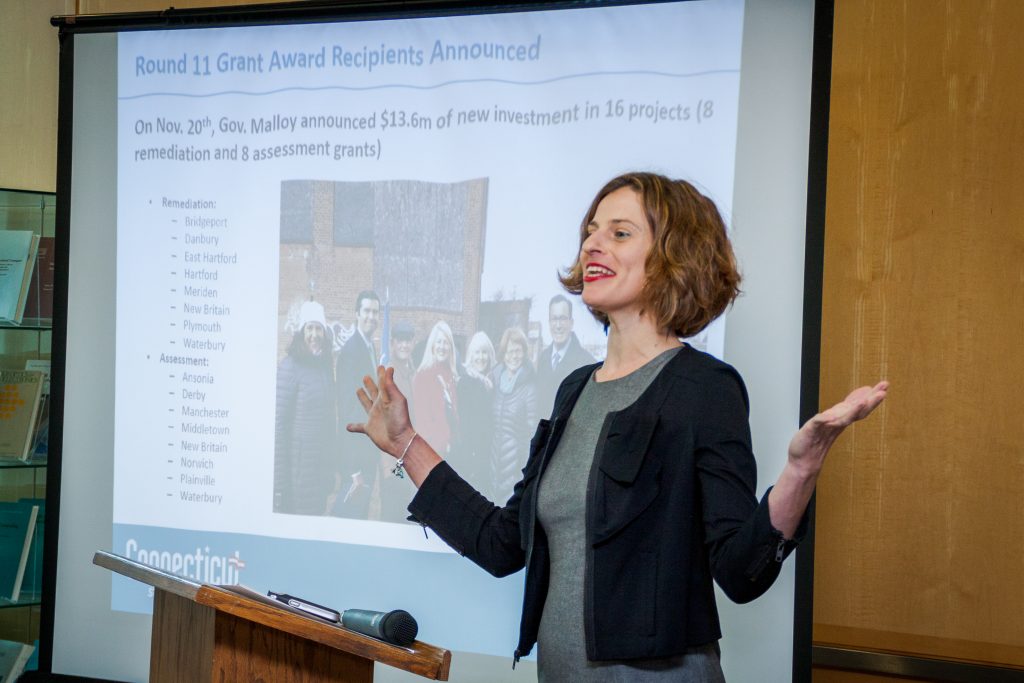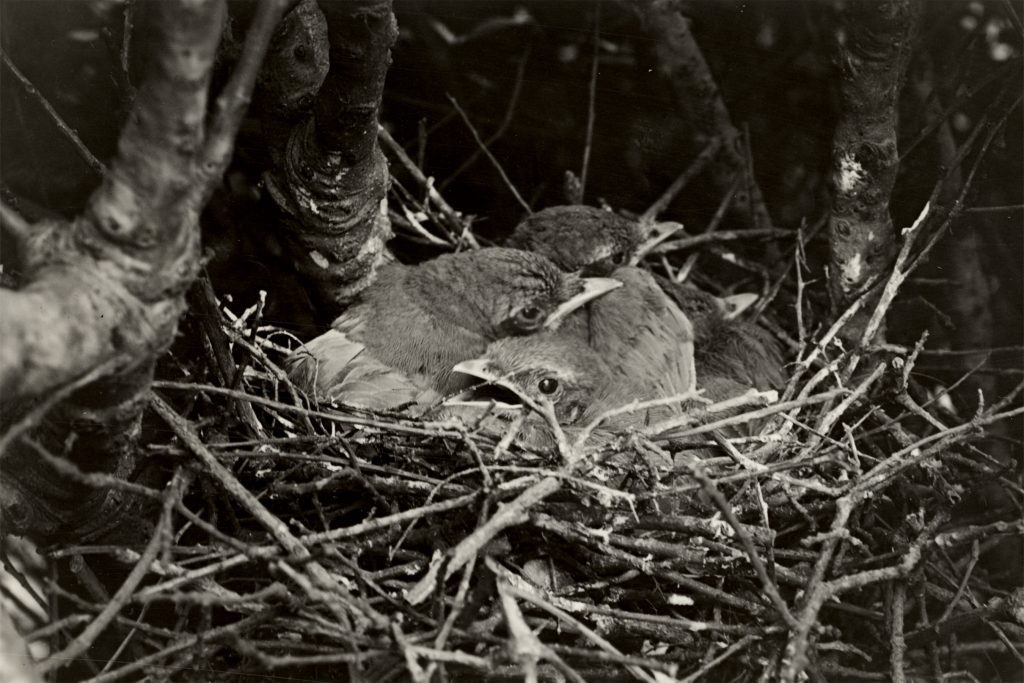Sustainability
Piecing Together Our Planet Pixel by Pixel
UConn researcher Chandi Witharana is using remote sensing as 'a virtual passport' to monitor vast expanses of land in remote areas, including the Arctic tundra.
April 3, 2018 | Elaina Hancock
The Tragic Story of America’s Only Native Parrot
In a world that faces extinction on a scale not seen in the past 65 million years, some may wonder: Aren’t there more important things to study? Read what UConn postdoc Kevin Burgio says about why the Carolina parakeet matters.
March 28, 2018 | Kevin Burgio '10 (CLAS), Department of Ecology & Evolutionary Biology
Op-ed: While Mexico Plays Politics with Water, Some Cities Flood, Others Go Dry
Mexican officials frequently treat water distribution and treatment not as public services but as political favors, observes a UConn political scientist, based on her research.
March 15, 2018 | Veronica Herrera, Department of Political Science
New Method Unearths Climate Data from Ancient Soils
UConn researchers analyzed leaf wax compounds in soils to reconstruct ancient climates, with a view to better understanding the impact of future climate change.
March 2, 2018 | Elaina Hancock
Hunting is Changing Forests, But Not as Expected
The impact of hunting on rainforest ecosystems is less dire and more complex than previously expected, says a new study led by a UConn biologist.
February 15, 2018 | Elaina Hancock
Sourcing Contamination in Waterways
UConn Professor John Clausen is designing a system to identify upstream contamination sources so they can be addressed.
January 26, 2018 | Elaina Hancock
The Nation’s Waterways are Becoming Saltier, Study Says
Researchers found increased salinization and alkalinization of North America's freshwater supplies. What's happening across the nation and at UConn.
January 10, 2018 | Combined Reports
The Impact of Winter Storm Names
If the storm is large enough and enough people are within the storm warning range, it gets a name. But a UConn researcher found the name does not add credibility.
December 14, 2017 | Kenneth Best
Brownfield Remediation gets Groundswell of Support from UConn
Beginning next fall, students will be able to enroll in a class on grant proposal writing, regulatory and liability issues, site investigation and remediation, and other topics related to brownfield cleanup.
December 7, 2017 | Eli Freund
How Birds are Rescheduling their Lives Around Climate Change
'We were expecting them to only move in space, but we’ve demonstrated they also move in time,' says UConn researcher Morgan Tingley.
November 13, 2017 | Elaina Hancock


